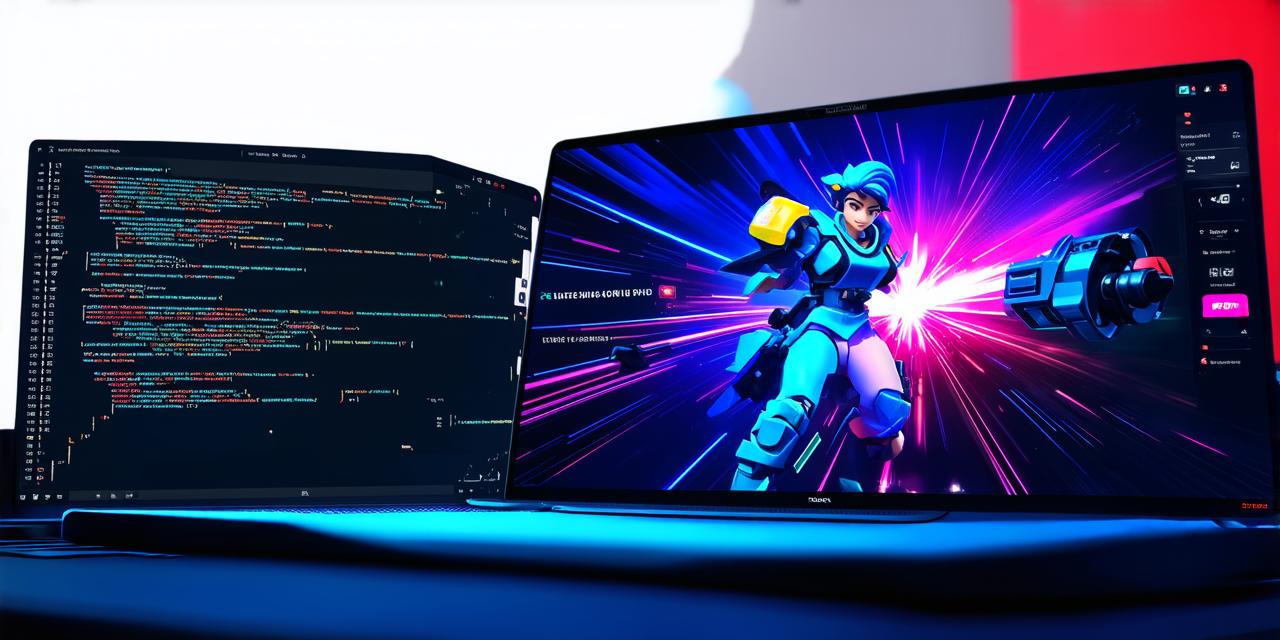Developing an NFT game involves creating a unique and immersive gaming experience that leverages blockchain technology to enable players to own and trade non-fungible tokens (NFTs). This article will explore the key steps involved in developing an NFT game, from conceptualization to implementation.
1. Conceptualization
The first step in developing an NFT game is to come up with a unique concept that leverages the inherent qualities of NFTs. This could involve creating characters or items that are unique and cannot be replicated, such as rare collectibles or limited-edition art pieces. The game should also have a compelling storyline that engages players and keeps them coming back for more.
2. Design
Once the concept has been developed, the design process begins. This involves creating the artwork, designing the characters and items, and developing the rules of the game. It is important to ensure that the game is intuitive and easy to play, as well as visually appealing. The use of blockchain technology should also be integrated seamlessly into the game design, allowing players to easily buy, sell, and trade NFTs.
3. Development
Developing an NFT game requires a deep understanding of blockchain technology and smart contracts. The development process involves creating the backend infrastructure that will support the NFTs, as well as the front-end interface that players will use to interact with the game. This includes creating the smart contracts that will govern the buying, selling, and trading of NFTs, as well as integrating payment gateways to enable secure transactions.
4. Testing
Once the game has been developed, it must be thoroughly tested to ensure that it is functioning as intended. This involves testing the game’s rules, the smart contracts, and the payment gateways to ensure that they are working correctly and securely. It is important to identify and fix any issues before the game is launched to prevent potential security vulnerabilities or other problems.
5. Launch
The launch of an NFT game is a critical moment, as it marks the beginning of the game’s lifespan. The launch should be accompanied by a marketing campaign that promotes the game and its unique features. This could involve social media campaigns, influencer partnerships, or other promotional strategies to generate interest and excitement among potential players.
6. Maintenance
Once an NFT game has been launched, it must be regularly maintained to ensure that it continues to function correctly and provide a positive player experience. This includes updating the game’s rules and features as necessary, fixing any bugs or issues that arise, and addressing player feedback to improve the game over time.
Developing an NFT game can be a complex and challenging process, but with careful planning, design, and execution, it can result in a unique and immersive gaming experience that leverages the power of blockchain technology.

